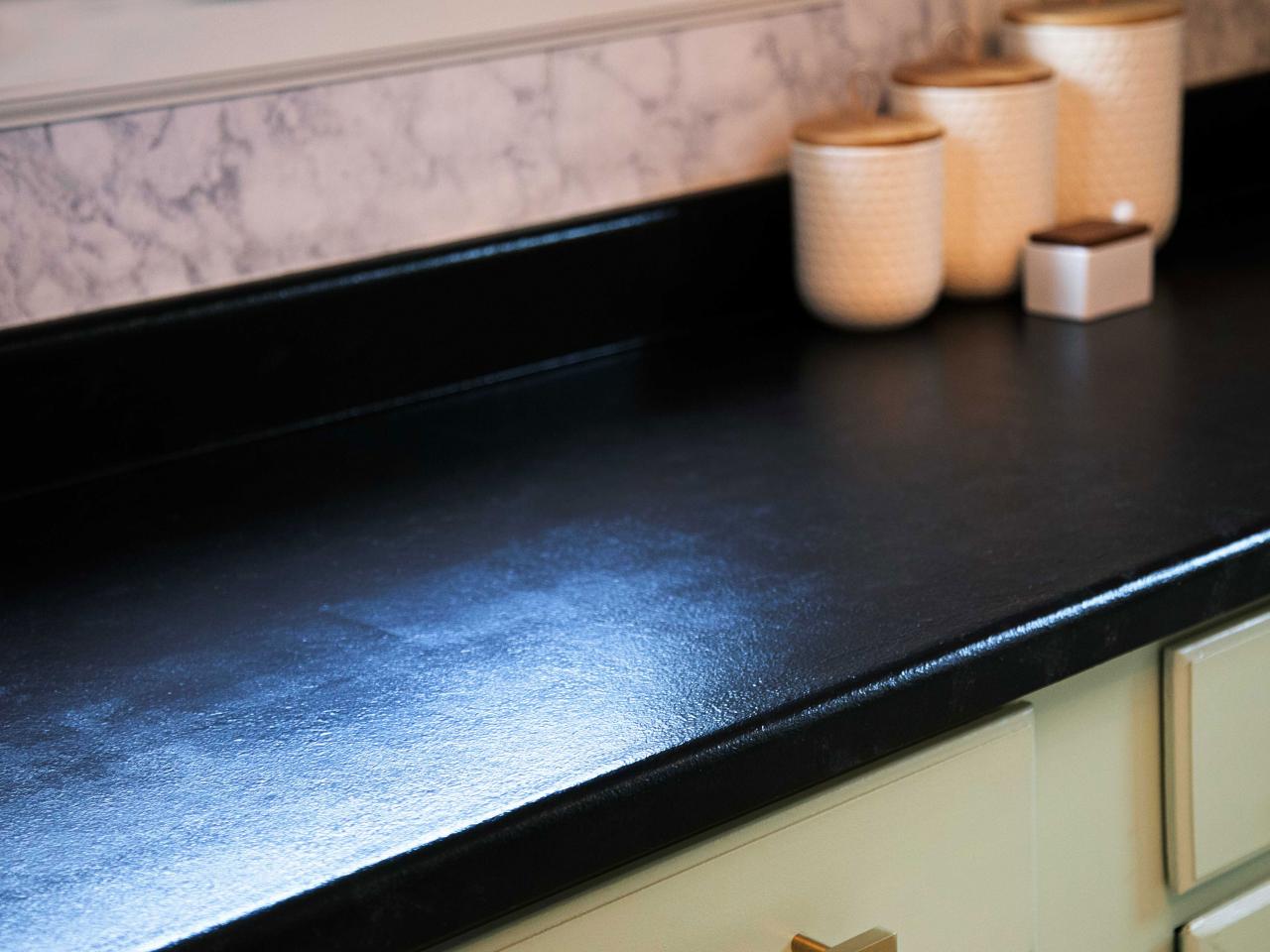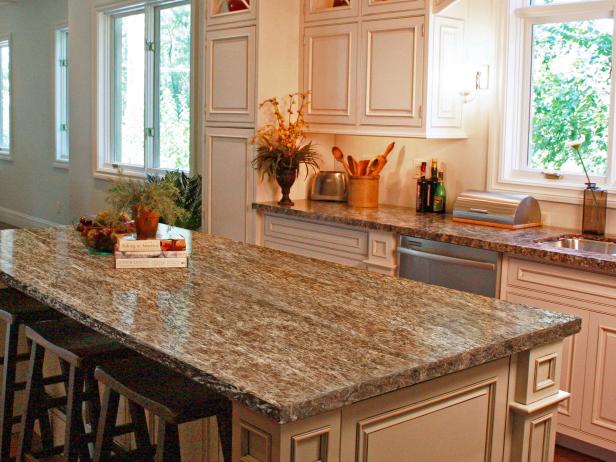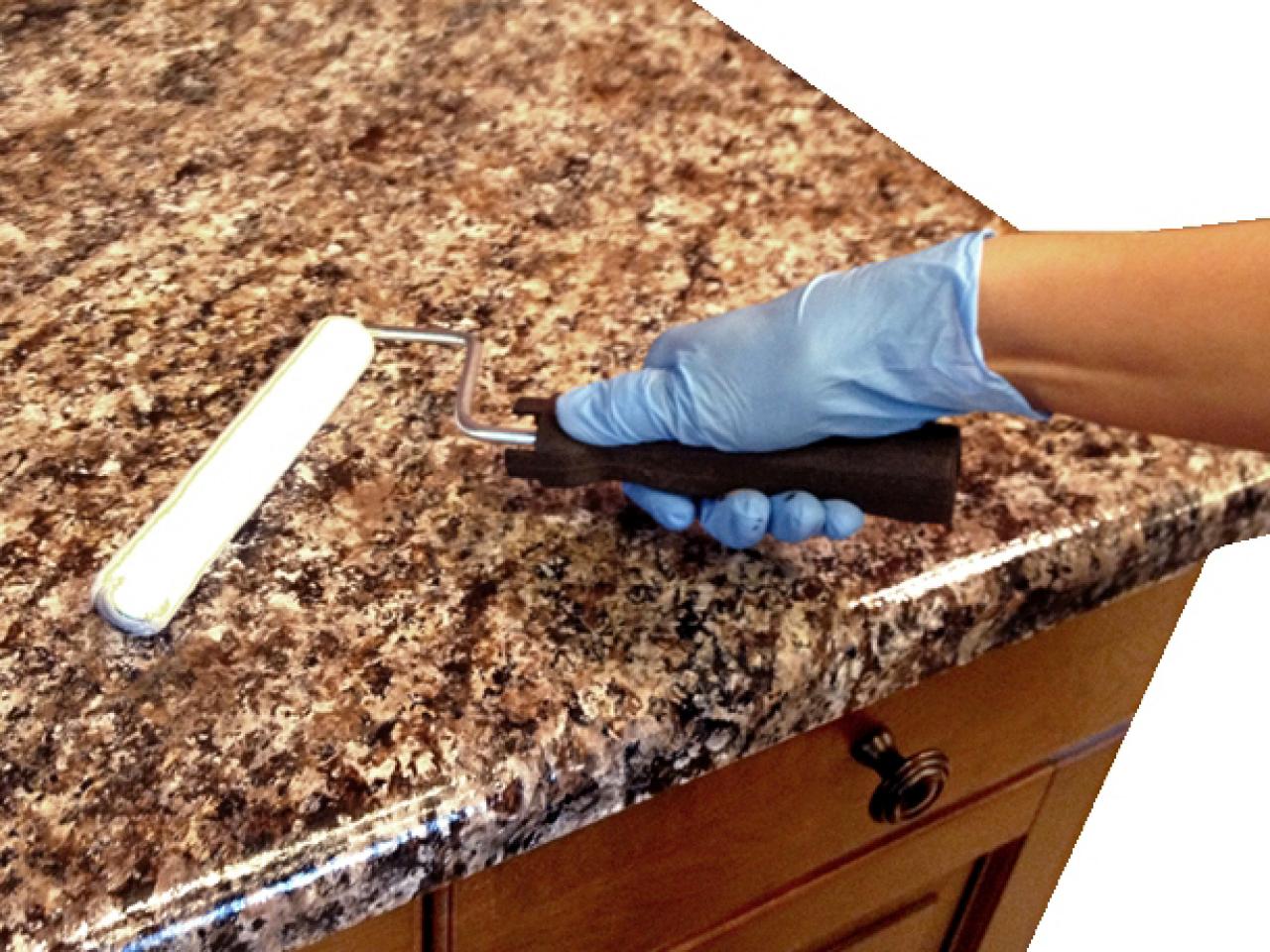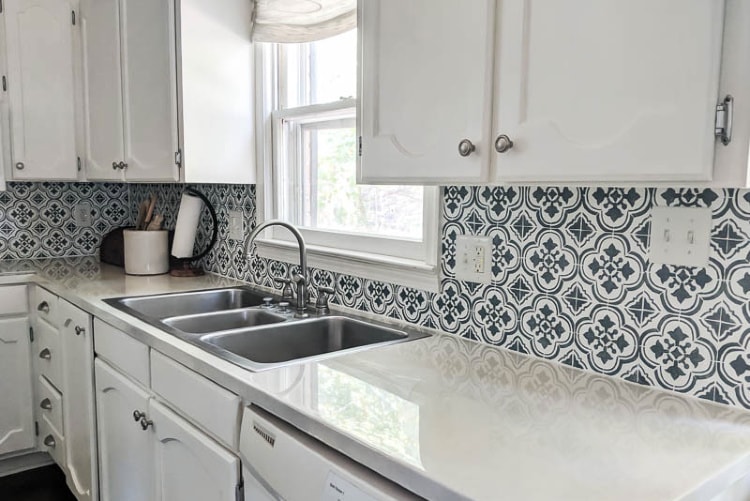Transforming laminate countertops to mimic the look of granite can completely revitalize your kitchen or bathroom without the hefty price tag of real granite. With the right materials and a bit of patience, you can achieve a high-end look that breathes new life into your space. Painting laminate countertops to look like granite involves several steps, each requiring specific tools and techniques to ensure a durable and realistic finish.
First, you need to prepare the laminate surface. This step is crucial for the success of the entire project. Start by thoroughly cleaning the countertops to remove any grease, dirt, or residues. Use a mild detergent and warm water, then rinse and dry the surface completely. Next, sand the laminate with fine-grit sandpaper to create a slightly rough texture that will help the primer and paint adhere better. Wipe away any sanding dust with a damp cloth and allow the surface to dry.
Once the surface is clean and dry, apply a primer specifically designed for laminate surfaces. Priming is essential as it helps the paint stick to the laminate and provides a uniform base color. Use a high-quality bonding primer and apply it with a foam roller for a smooth finish. Allow the primer to dry according to the manufacturer’s instructions, which usually takes a few hours. In some cases, a second coat of primer might be necessary for better coverage.
After the primer is dry, it’s time to start painting. Choose a base color that resembles the undertone of granite you desire. Black, dark gray, or tan are common choices, depending on the granite look you want to achieve. Apply the base color with a foam roller, ensuring even coverage. Allow the first coat to dry completely before applying a second coat. This step provides a solid foundation for the subsequent layers of paint.

Now comes the creative part: adding the granite-like texture. You will need three or four different colors of acrylic paint that match the shades found in natural granite. White, gray, black, and metallic or pearl colors are good options. Use a natural sea sponge to dab the different colors onto the surface. Start with the lightest color and build up to the darkest. Dab the paint lightly and randomly to create a natural, stone-like pattern. Blend the colors by gently patting the wet paint with a clean section of the sponge.
To add depth and realism, you can use a feathering technique. Lightly drag a feather or a fine brush through the wet paint to create veining patterns that resemble those found in real granite. Practice this technique on a piece of cardboard or paper first to get comfortable with the motion. This step can make a significant difference in the authenticity of the finished look, so take your time to achieve a natural appearance.
After the paint has dried completely, it’s time to protect your new countertop. Apply a clear, high-gloss polyurethane topcoat to seal the paint and provide a durable, scratch-resistant finish. Use a foam roller or a high-quality brush for this step to avoid streaks and bubbles. Depending on the product, you may need to apply multiple coats, allowing each coat to dry thoroughly before applying the next. This topcoat is crucial for the longevity of your painted countertops.

Patience is key during this entire process. Rushing through the steps can result in a subpar finish that may not hold up well over time. Ensure each layer of primer, paint, and topcoat is completely dry before moving on to the next step. This attention to detail will pay off in a professional-looking finish that rivals real granite.
Regular maintenance will help keep your painted countertops looking their best. Avoid using abrasive cleaners or scrubbers that could damage the finish. Instead, clean the surface with a mild detergent and a soft cloth. Immediately wipe up spills, especially those involving acidic substances like vinegar or lemon juice, to prevent damage to the topcoat.
While painting laminate countertops to look like granite is a more affordable option than replacing them, it does have its limitations. The finish, while durable, is not as tough as real granite and may require touch-ups over time. Heavy impacts or sharp objects can damage the surface, so it’s important to handle the countertops with care. However, with proper maintenance, your painted countertops can last for several years.
Choosing the right colors and materials is essential for achieving a convincing granite look. Spend some time researching different types of granite and selecting colors that closely match the natural stone. Test the colors on a small, inconspicuous area of the countertop or on a piece of cardboard to see how they blend before committing to the entire surface.

In addition to the aesthetic benefits, painting your laminate countertops can also increase the value of your home. Potential buyers often appreciate updated kitchens and bathrooms, and a granite-like finish can make a significant impact. Even if you’re not planning to sell your home soon, enjoying the enhanced look of your countertops can make your daily living space more pleasant and inviting.
While the process might seem daunting at first, many DIY enthusiasts find it to be a rewarding project. Watching your countertops transform from drab laminate to stunning faux granite can be incredibly satisfying. Plus, it’s a cost-effective way to give your kitchen or bathroom a high-end makeover without breaking the bank.
If you’re unsure about your ability to achieve the desired result, consider practicing on a smaller surface or consulting online tutorials and videos. Many home improvement stores offer workshops and classes on painting techniques, which can provide valuable hands-on experience. Alternatively, hiring a professional painter with experience in faux finishes can ensure a flawless outcome.

Common Mistakes to Avoid
Painting laminate countertops to look like granite requires careful preparation and attention to detail. One common mistake is not cleaning the surface thoroughly before starting. Any residue or grease can prevent the primer and paint from adhering properly. Another mistake is skipping the sanding step. Sanding helps create a texture that allows the primer and paint to bond with the laminate, so it’s essential for a durable finish.
Using the wrong type of primer or skipping the primer altogether is another error to avoid. A primer designed for laminate surfaces ensures better adhesion and a longer-lasting finish. Additionally, applying the paint too thickly can lead to drips, uneven texture, and longer drying times. Thin, even coats are preferable for achieving a smooth, professional-looking finish.
Not allowing sufficient drying time between coats can compromise the final result. Each layer of primer, paint, and topcoat needs to be completely dry before adding the next layer. Rushing this process can result in a tacky surface that is prone to damage. Finally, neglecting to apply a protective topcoat can leave the painted surface vulnerable to scratches, stains, and general wear and tear.

How durable is the painted finish on laminate countertops?
The durability of the painted finish depends largely on the quality of the materials used and the thoroughness of the application process. While not as tough as real granite, a properly primed, painted, and sealed laminate countertop can withstand daily use and last for several years. Regular maintenance and avoiding abrasive cleaners or tools will help extend the life of the finish.
Can I use any type of paint for this project?
It’s important to use acrylic paints for this project, as they provide the best results for mimicking the look of granite. Additionally, you need to use a bonding primer specifically designed for laminate surfaces to ensure proper adhesion. For the topcoat, a clear, high-gloss polyurethane is recommended to protect the painted surface and give it a realistic granite shine.
How long does the entire process take?
The process of painting laminate countertops to look like granite typically takes several days to complete. Cleaning, sanding, priming, painting, and sealing all require drying times between each step. On average, you should allow at least 24 hours for the primer to dry, 4-6 hours for each coat of paint, and up to 24 hours for each layer of the topcoat. Patience is essential for achieving a durable and professional finish.
What should I do if the painted surface gets damaged?
If the painted surface gets damaged, minor touch-ups can usually be made with the same acrylic paints used initially. Clean the area thoroughly, lightly sand the damaged spot, and apply the paint using a small brush or sponge to blend it with the surrounding area. Once dry, apply a clear top coat to seal the repair. For extensive damage, you might need to repaint and reseal the entire countertop.
Can I change the look of my countertops again in the future?
Yes, you can repaint your laminate countertops in the future if you decide to change the look. The process will be similar to the initial painting, involving cleaning, sanding, priming, painting, and sealing. Ensure the surface is properly prepared to receive the new paint and choose high-quality materials for the best results. This flexibility allows you to update your countertops without the need for costly replacements
How to Paint Laminate Kitchen Countertops DIY

How to Paint Countertops – Looks Like Slate – $65 DIY Budget

Fake the Look of Granite: Painting Laminate Counters with a Paint

How To Paint Laminate Countertops To Look Like Granite

How my Painted Countertops Look After 3 Years of Use – Lovely Etc.

How to Paint Laminate Countertops

Related articles:
- How To Clean Laminate Countertops Stains
- Retro Laminate Countertop Sheets
- Kitchen Laminate Countertop Ideas
- How To Fix Scratches On Laminate Countertop
- How To Fix Laminate Countertop Chip
- How To Paint Laminate Countertops Like Granite
- Solid Black Laminate Countertops
- How To Glue Laminate Countertop Ends
- How To Repair Damaged Laminate Countertop
- Attaching Laminate Countertop